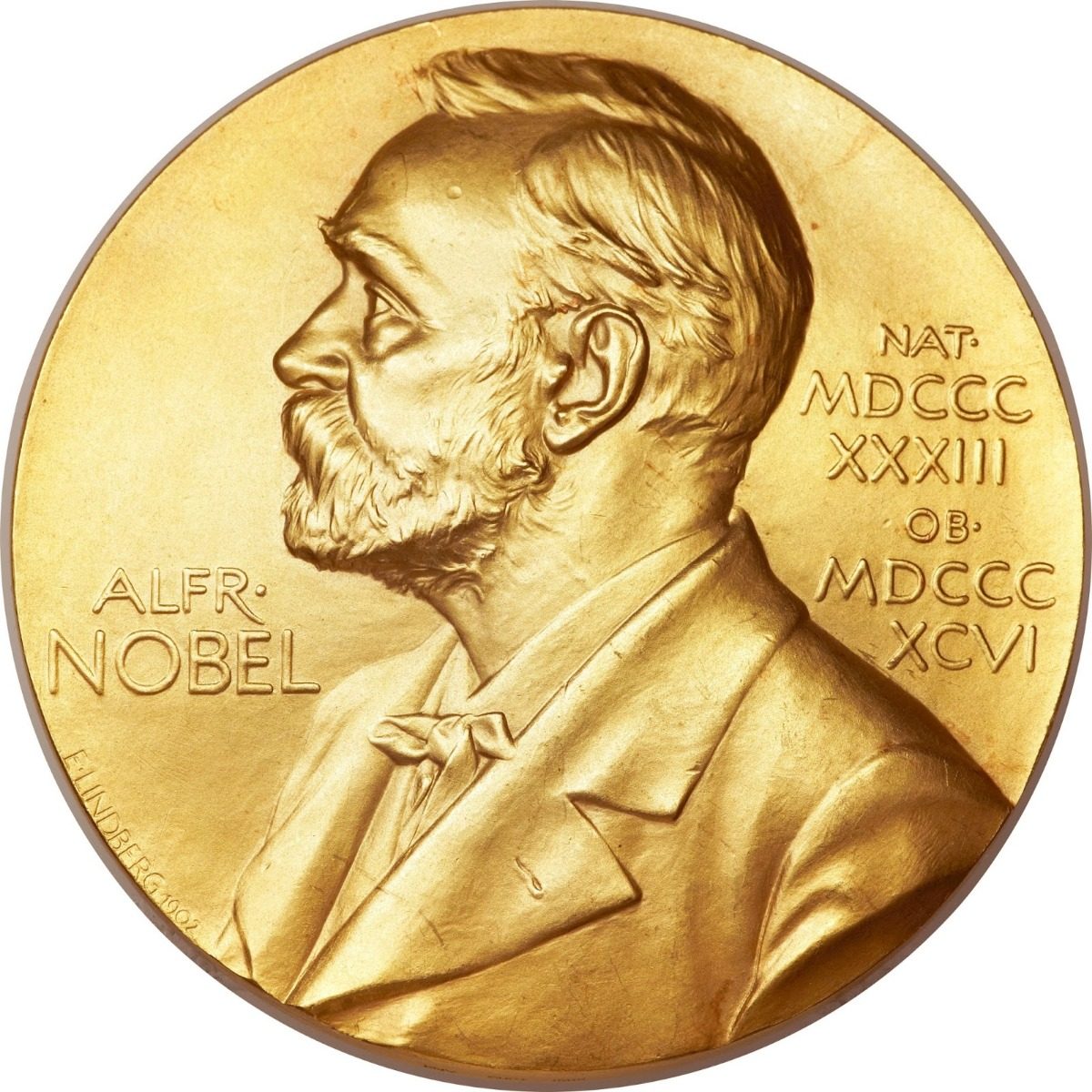
Abacus
The abacus, also called a counting frame, is a calculating tool which has been used since ancient times. It was used in the ancient Near East, Europe, China, and Russia, centuries before the adoption of the Hindu-Arabic numeral system. The exact origin of the abacus has not yet emerged. It consists of rows of movable beads, or similar objects, strung on a wire. They represent digits. One of the two numbers is set up, and the beads are manipulated to perform an operation such as addition, or even a square or cubic root.
In their earliest designs, the rows of beads could be loose on a flat surface or sliding in grooves. Later the beads were made to slide on rods and built into a frame, allowing faster manipulation. Abacuses are still made, often as a bamboo frame with beads sliding on wires. In the ancient world, particularly before the introduction of positional notation, abacuses were a practical calculating tool. The abacus is still used to teach the fundamentals of mathematics to some children, e.g., in post-Soviet states.
Designs such as the Japanese soroban have been used for practical calculations of up to multi-digit numbers. Any particular abacus design supports multiple methods to perform calculations, including the four basic operations and square and cube roots. Some of these methods work with non-natural numbers (numbers such as 1.5 and 3⁄4).
Although calculators and computers are commonly used today instead of abacuses, abacuses remain in everyday use in some countries. Merchants, traders, and clerks in some parts of Eastern Europe, Russia, China, and Africa use abacuses. The abacus remains in common use as a scoring system in non-electronic table games. Others may use an abacus due to visual impairment that prevents the use of a calculator.
Mesopotamia
The Sumerian abacus appeared between 2700–2300 BC. It held a table of successive columns which delimited the successive orders of magnitude of their sexagesimal (base 60) number system.
Egypt
Greek historian Herodotus mentioned the abacus in Ancient Egypt. He wrote that the Egyptians manipulated the pebbles from right to left, opposite in direction to the Greek left-to-right method. Archaeologists have found ancient disks of various sizes that are thought to have been used as counters. However, wall depictions of this instrument are yet to be discovered.
Persia
At around 600 BC, Persians first began to use the abacus, during the Achaemenid Empire. Under the Parthian, Sassanian, and Iranian empires, scholars concentrated on exchanging knowledge and inventions with the countries around them – India, China, and the Roman Empire- which is how the abacus may have been exported to other countries.
Greece
An early photograph of the Salamis Tablet, 1899. The original is marble and is held by the National Museum of Epigraphy, in Athens. The earliest archaeological evidence for the use of the Greek abacus dates to the 5th century BC. Demosthenes (384 BC–322 BC) complained that the need to use pebbles for calculations was too difficult. A play by Alexis from the 4th century BC mentions an abacus and pebbles for accounting, and both Diogenes and Polybius use the abacus as a metaphor for human behavior, stating "that men that sometimes stood for more and sometimes for less" like the pebbles on an abacus. The Greek abacus was a table of wood or marble, pre-set with small counters in wood or metal for mathematical calculations. This Greek abacus saw use in Achaemenid Persia, the Etruscan civilization, Ancient Rome, and the Western Christian world until the French Revolution.
China
The Chinese abacus, also known as the suanpan (算盤/算盘, lit. "calculating tray"), is typically 20 cm (8 in) tall and comes in various widths, depending on the operator. It usually has more than seven rods. There are two beads on each rod in the upper deck and five beads each in the bottom one. The beads are usually rounded and made of hardwood. The beads are counted by moving them up or down towards the beam; beads moved toward the beam are counted, while those moved away from it are not. One of the top beads is 5, while one of the bottom beads is 1. Each rod has a number under it, showing the place value. The suanpan can be reset to the starting position instantly by a quick movement along the horizontal axis to spin all the beads away from the horizontal beam at the center.
Rome
The normal method of calculation in ancient Rome, as in Greece, was by moving counters on a smooth table. Originally pebbles (calculi) were used. Later, and in medieval Europe, jetons were manufactured. Marked lines indicated units, fives, tens, etc. as in the Roman numeral system. This system of 'counter casting' continued into the late Roman empire and in medieval Europe and persisted in limited use into the nineteenth century. Due to Pope Sylvester II's reintroduction of the abacus with modifications, it became widely used in Europe again during the 11th century.




